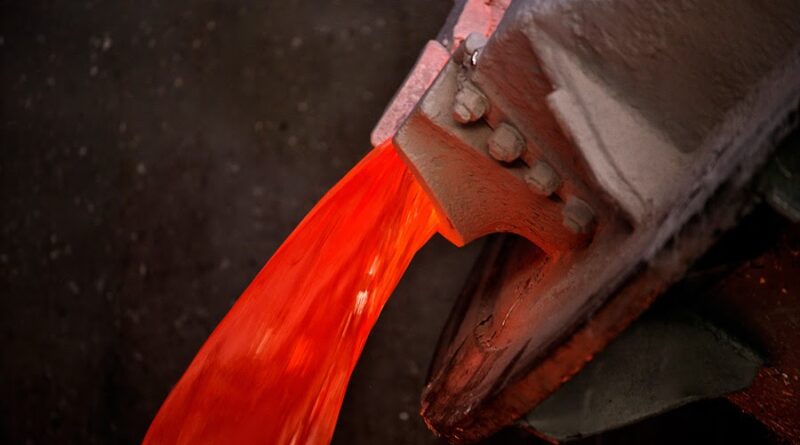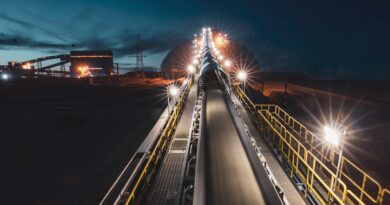China’s production of secondary aluminium to triple by 2030
Russia’s Rusal, the largest aluminium producer, said that China’s production of secondary aluminium will almost triple by the end of this decade if all announced recycling projects come to fruition, as the country caps primary smelting capacity and looks to reduce emissions.
Rusal Marketing GmbH head of market intelligence Inga Simonenko told the online CRU World Aluminium Conference “If all announced recycling projects materialize, China’s secondary aluminium production will grow from 7.6 million tonnes in 2020 to 20 million tonnes by 2030. Around 6.5 million tonnes of the 2030 total will be clustered in the southern Guangxi region. I think it’s possible. Recycling is the easiest and fastest way to decarbonise Chinese aluminium industry. It also has outstanding regulatory support.”
“Before a complete scrap collection system is in place, China will continue to import significant quantities of scrap and secondary aluminium alloys for at least the next two years. China would likely become a permanent importer of primary aluminium in future,” she added.
China aims to have carbon emissions peak by 2030 and plans to cap primary aluminium smelting capacity at around 45 million tonnes, versus output of just over 37 million tonnes in 2020.
Energy intensive aluminium accounts for around 18% of total emissions from China’s metal industry. However, carbon emissions from secondary production are only 0.2 tonnes per tonne of aluminium, a fraction of the 12.5 tonnes for primary metal.




